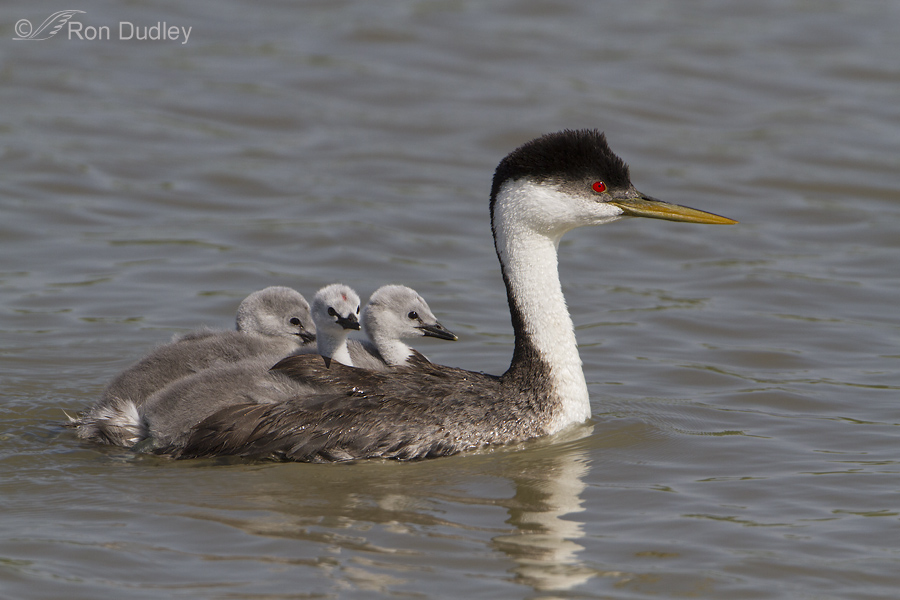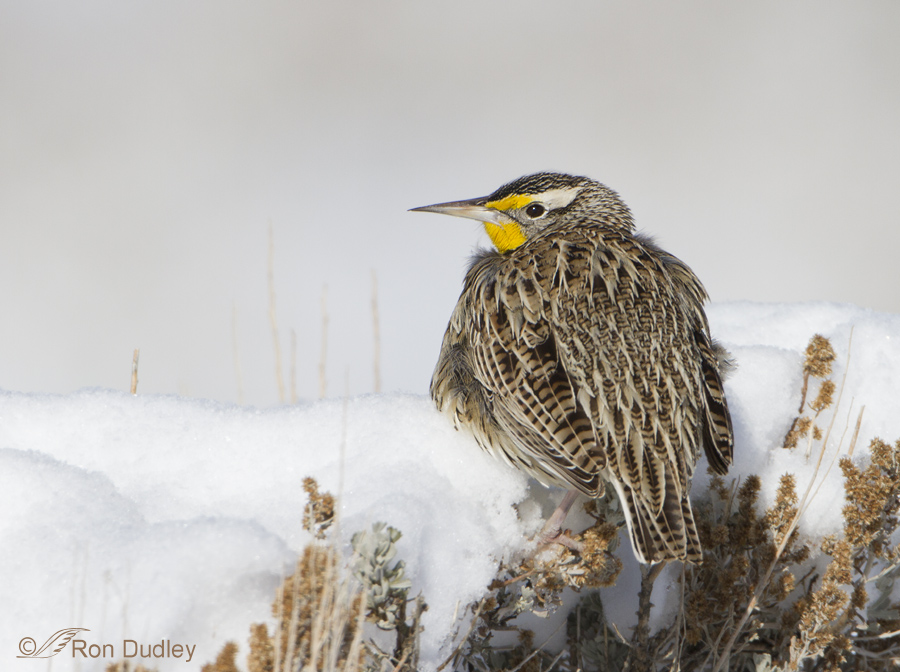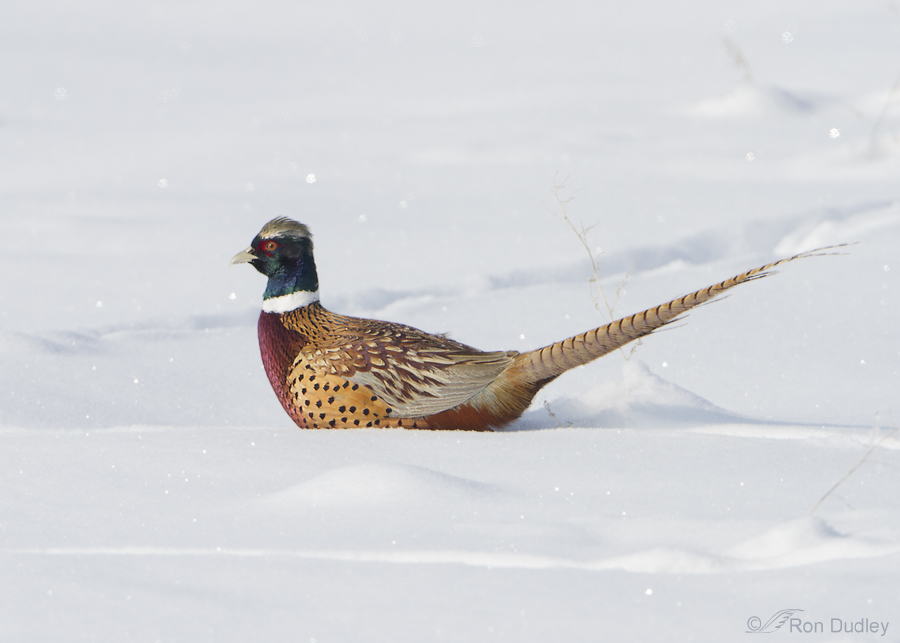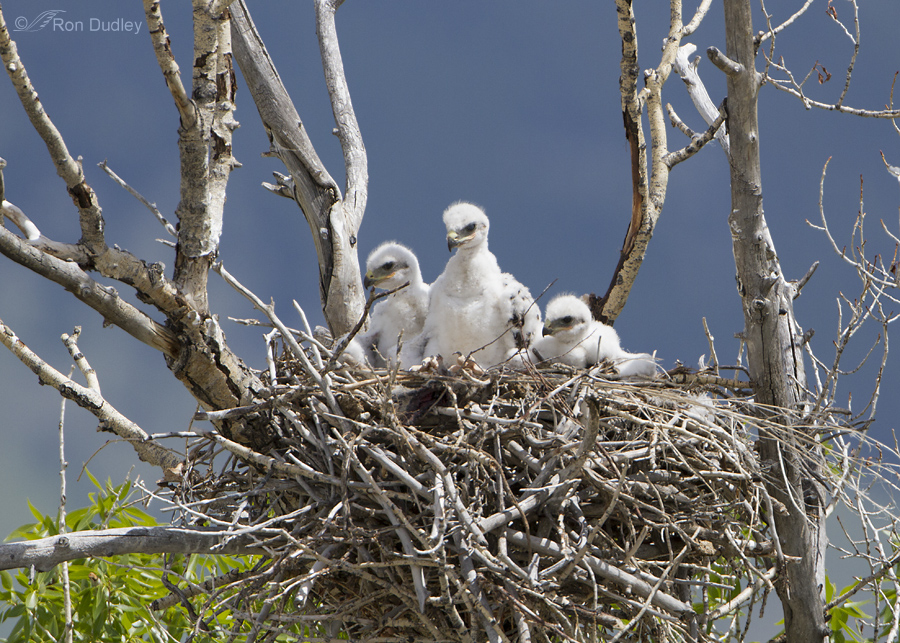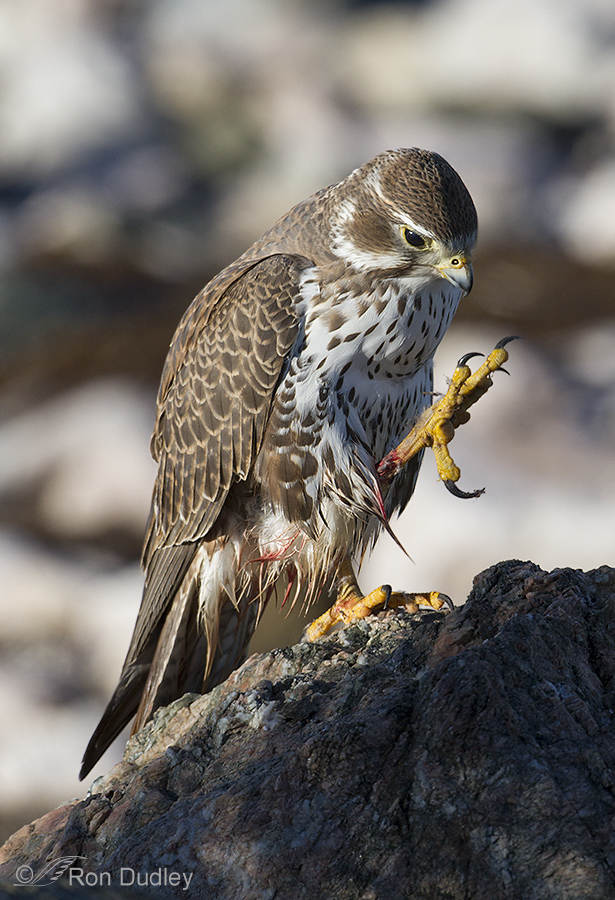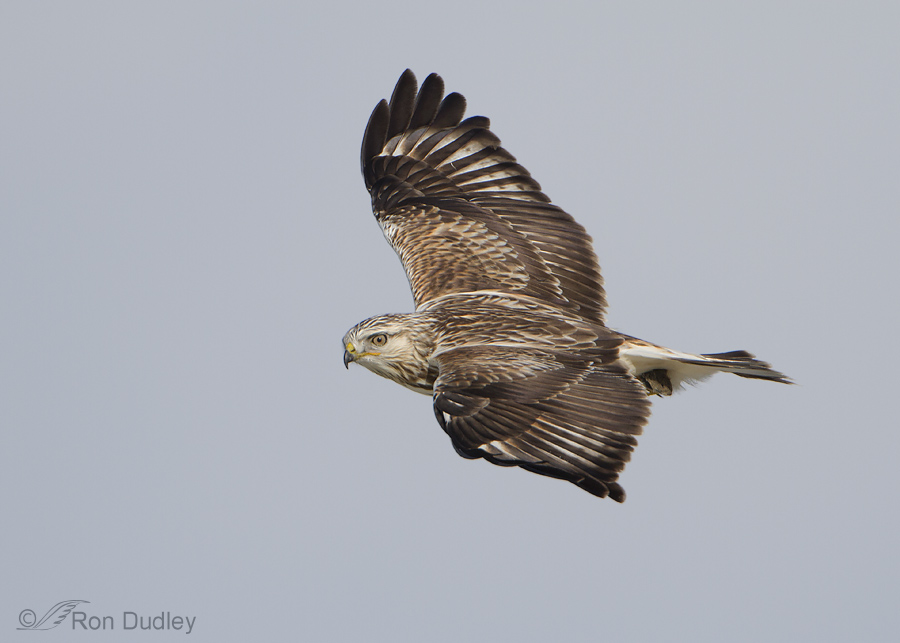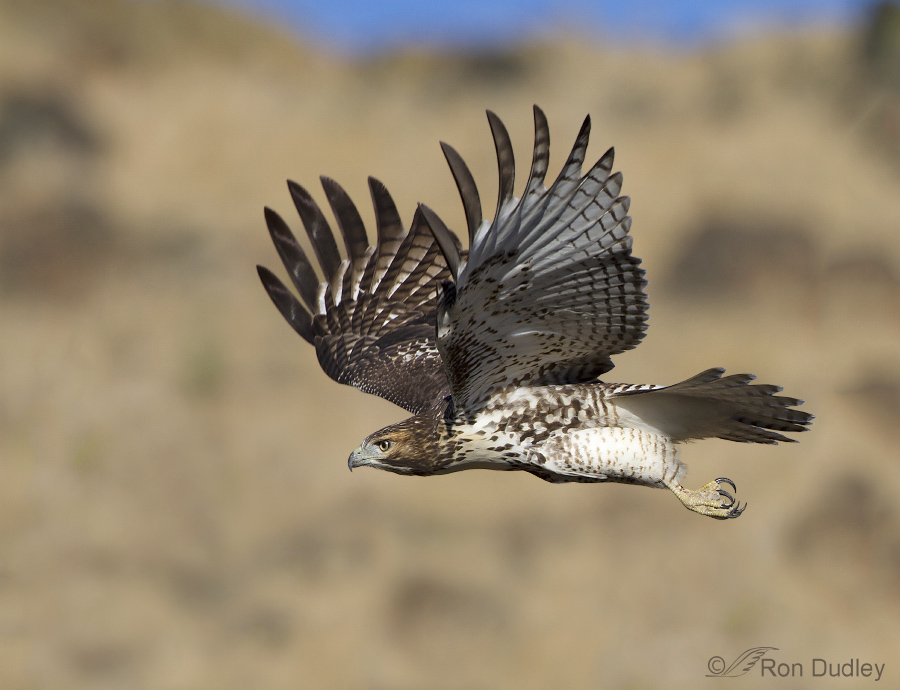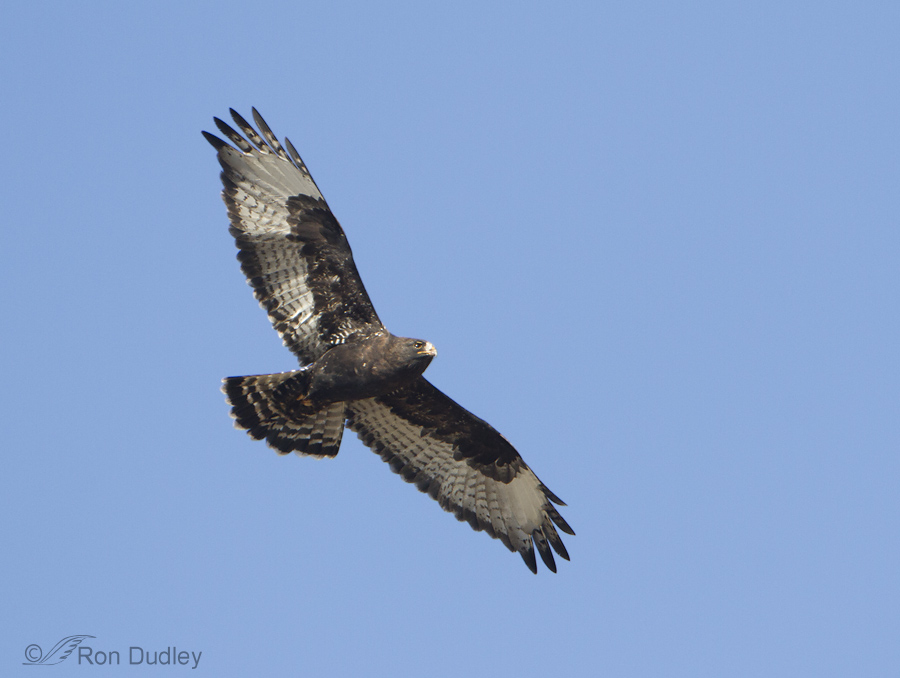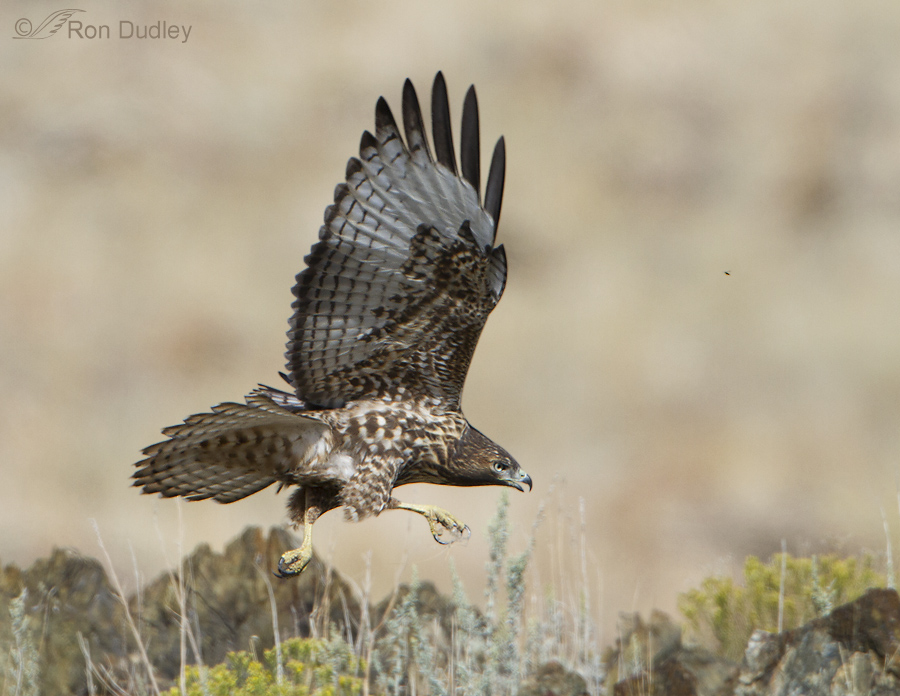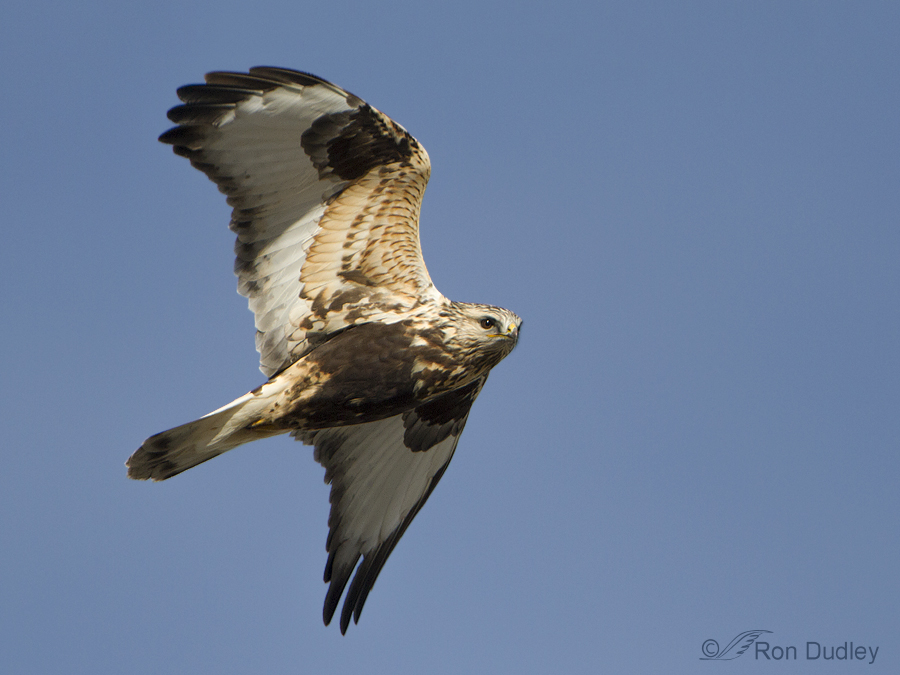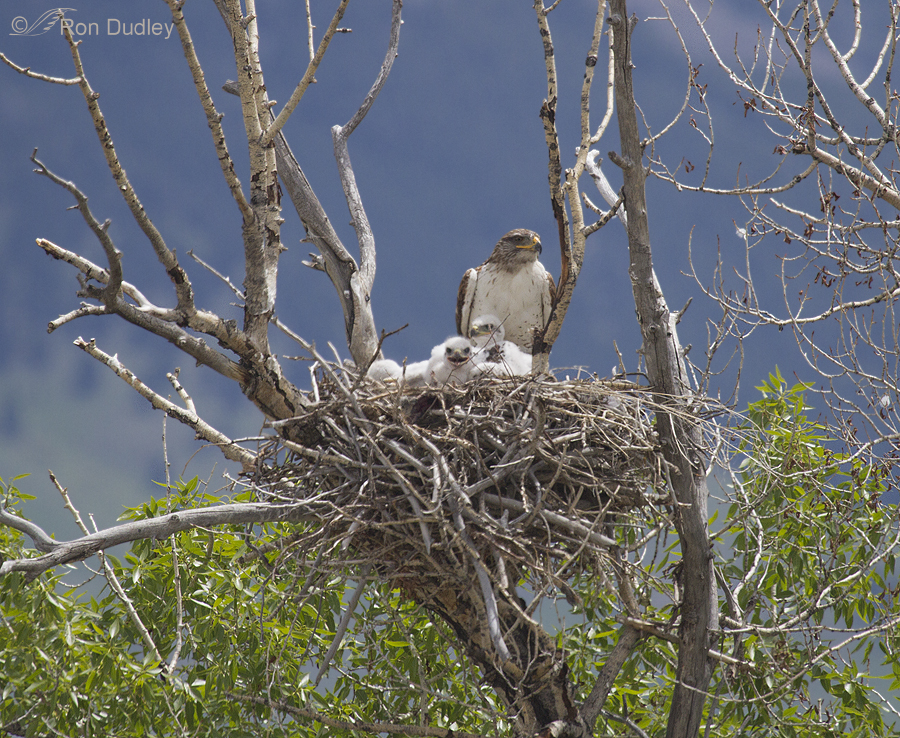Category: Favorite Locations
Western Meadowlark In The Snow
Some Very Odd-looking Pheasants
A New Beginning – Ferruginous Hawk Chicks
The Menacing Talons Of A Prairie Falcon
Rough-legged Hawk – Topside View, With Prey
Juvenile Red-tailed Hawk Still Learning To Hunt
Dark Morph Rough-legged Hawk
Rough-legged Hawk Hunting Technique
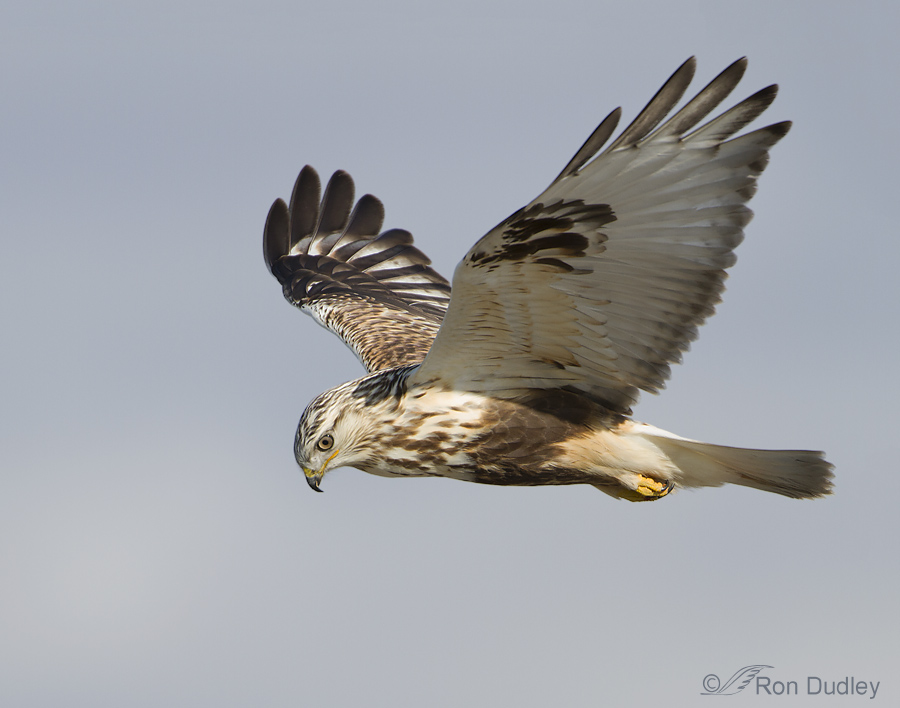
Like some other buteos, depending on conditions the Rough-legged Hawk may hunt from the air using flapping/gliding flight or from an elevated perch but their tendency to hunt in flight goes up significantly with increasing wind speed. This makes sense because hovering in the wind requires less energy than flapping flight.
Juvenile Red-tail Scratching An Itch In Flight
Rough-legged Hawk Flying Into The Wind
Reminiscing About My Last Montana Camping Trip
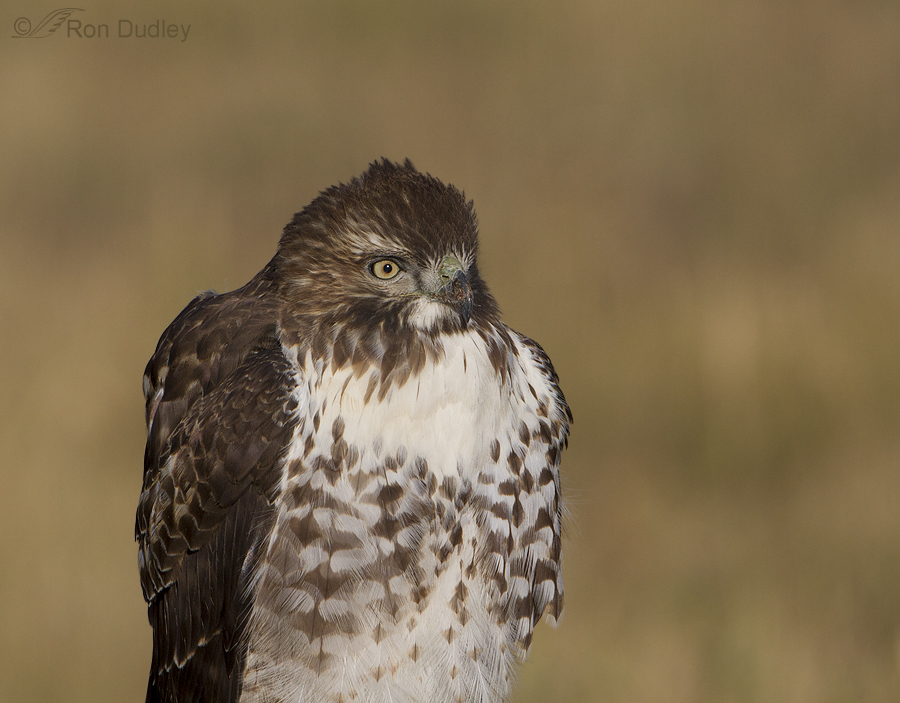
My plan this morning was to make a simple, single image post but with a snowstorm predicted for today I began to reminisce about my last Montana camping venture and decided to take a trip down memory lane with this post. I hoped to make one last visit to Montana before winter set in but I’ve now faced the grim reality that it just isn’t going to happen. These images were all taken in mid-September in and near the Centennial Valley.
Magpie With Nesting Material In Flight
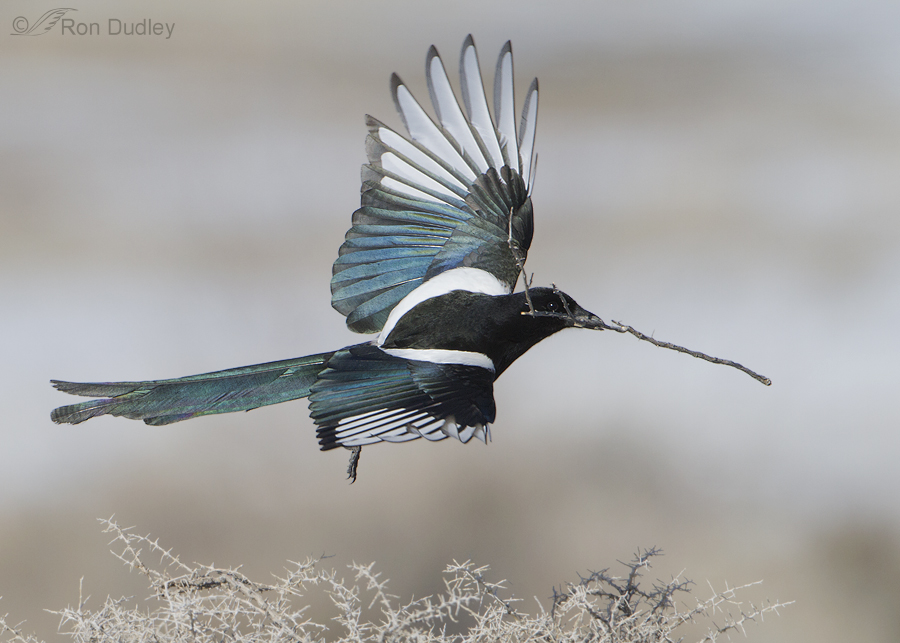
One of the reasons I like to see iridescence in Black-billed Magpies is that it brings out detail in those areas of the deep blacks where you normally don’t see any. Flight shots are inherently more difficult than static shots but ironically I find it easier to get the iridescence to show in flight than I do when they’re perched.
Ferruginous Hawk Nests
My Love-Hate Relationship With Phragmites
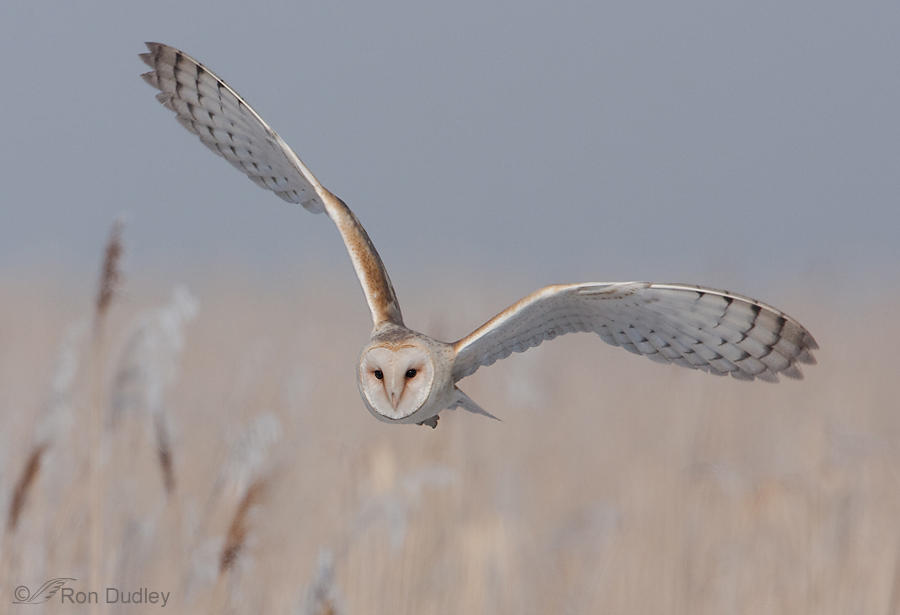
I have a complicated relationship with Phragmites. Though some strains are native to North America, much more vigorous invasive varieties from Eurasia haven taken over many of our wetlands and proven to be extremely difficult to control. Dense “reed stands” of Phragmites with their dramatic seed plumes waving in the breeze can be strikingly beautiful but they’re a huge problem in our wetlands.
Western Meadowlark In The Snow
Some Very Odd-looking Pheasants
A New Beginning – Ferruginous Hawk Chicks
The Menacing Talons Of A Prairie Falcon
Rough-legged Hawk – Topside View, With Prey
Juvenile Red-tailed Hawk Still Learning To Hunt
Dark Morph Rough-legged Hawk
Rough-legged Hawk Hunting Technique

Like some other buteos, depending on conditions the Rough-legged Hawk may hunt from the air using flapping/gliding flight or from an elevated perch but their tendency to hunt in flight goes up significantly with increasing wind speed. This makes sense because hovering in the wind requires less energy than flapping flight.
Juvenile Red-tail Scratching An Itch In Flight
Rough-legged Hawk Flying Into The Wind
Reminiscing About My Last Montana Camping Trip

My plan this morning was to make a simple, single image post but with a snowstorm predicted for today I began to reminisce about my last Montana camping venture and decided to take a trip down memory lane with this post. I hoped to make one last visit to Montana before winter set in but I’ve now faced the grim reality that it just isn’t going to happen. These images were all taken in mid-September in and near the Centennial Valley.
Magpie With Nesting Material In Flight

One of the reasons I like to see iridescence in Black-billed Magpies is that it brings out detail in those areas of the deep blacks where you normally don’t see any. Flight shots are inherently more difficult than static shots but ironically I find it easier to get the iridescence to show in flight than I do when they’re perched.
Ferruginous Hawk Nests
My Love-Hate Relationship With Phragmites

I have a complicated relationship with Phragmites. Though some strains are native to North America, much more vigorous invasive varieties from Eurasia haven taken over many of our wetlands and proven to be extremely difficult to control. Dense “reed stands” of Phragmites with their dramatic seed plumes waving in the breeze can be strikingly beautiful but they’re a huge problem in our wetlands.


